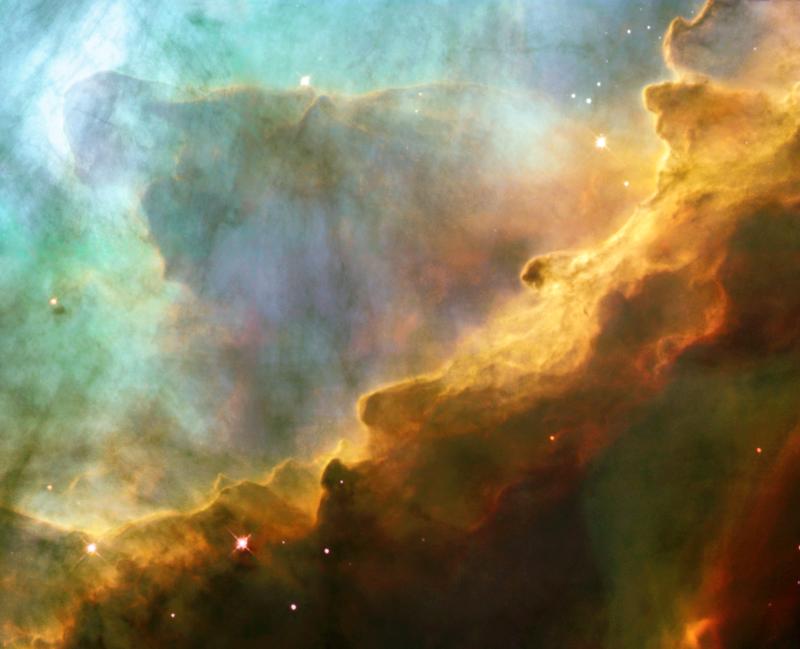Medium Sized Black Holes Might be a Reality
By BellatrixFor many years astronomers have debated and speculated about the existence of intermediate mass black holes. Well an answer to the question may now be available. It looks as though one of these mysterious types of black holes has been discovered in one of the Milky Way’s globular clusters. However, this discovery may not have all the answers to the mystery.
For many years the only kinds of black holes that have been found are stellar sized ones and super massive ones. Stellar sized black holes form as a result of the death of a massive star and can range up to maybe 50 solar masses. Super massive black holes reside at the center of almost all galaxies and weigh millions if not billions of solar masses. But observations were lacking for any black holes in between these sizes.
Globular Clusters are dense formulations of stars that orbit in the outskirts of a galaxy. They reside in what is known as the halo of the galaxy. They tend to be very old and are generally no longer creating new stars. They are fairly common, we know of about 200 hundred that belong to the Milky Way.
So it was in the globular cluster known as Omega Centauri that this intermediate black hole is thought to reside. Omega Centauri is one of the largest and most massive clusters belonging to the Milky Way, and is about 17,000 light years from earth. Using NASA’s Hubble space telescope and the Gemini observatory in Chile astronomers were able to note that the stars at the center of the cluster were orbiting something with very fast speeds. These fast speeds and the absence of anything we can see suggests it is a black hole that the stars are orbiting. The astronomers then used theoretical models combined with this data to calculate the mass of this black hole at about 40,000 solar masses.
This is actually the second discovery of a medium sized black hole suggesting the first was not just a fluke and that they may be common. However, no theory currently exists to explain why they exist, that is, to explain how they could have formed. However, there existence might be important for the theory of how super massive black holes form. One of the current theories states that in an early galaxy a “seed” black hole would be needed of about this size. The black hole would feed to grow to super massive size.
However, one issue might be that Omega Centauri is not a normal globular cluster, and many theorize that it is actually the remnant of a dwarf galaxy that was gobbled up by the Milky Way. Models that compare data of galaxy mass with super massive black hole mass show that a dwarf galaxy like the one predicted for Omega Centauri would have had a black hole of this size. So this would suggest not that these intermediate black holes are the seeds for super massive ones but actually play the same role as the super massive ones on a smaller scale.
More of these intermediate sized black holes will need to be discovered before any questions about formation or purpose can be answered.
